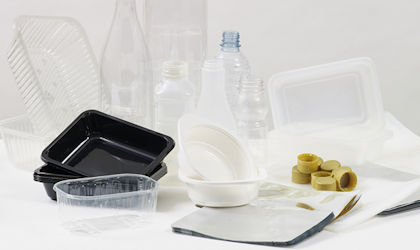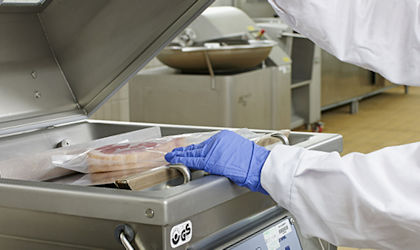Active packaging for food
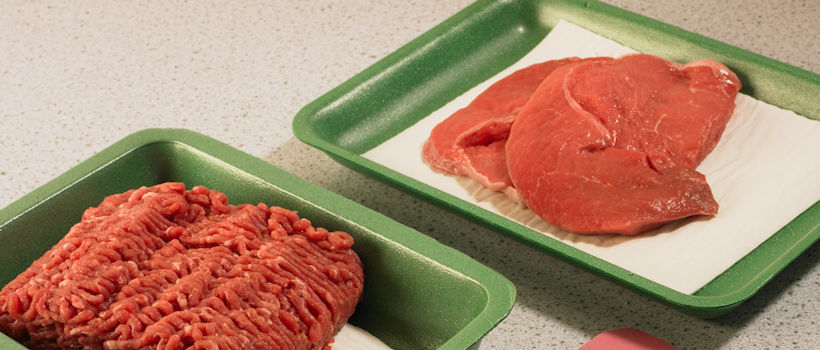
To discuss your needs
Although active packaging systems have been available since the 1970s, they are not widely used in the food and drink industry. Active packaging can be defined as the incorporation of an active system into packaging film or a container to maintain the quality or extend the shelf life of the product. Typical systems used include oxygen and carbon dioxide scavengers or emitters, moisture absorbers, ethylene scavengers, flavour and odour adsorbers and ethanol emitters.
The mechanism by which foods deteriorate needs to be understood before applying any type of active packaging solution. By considering the mechanisms it is often possible to apply different active packaging techniques to extend shelf life.
At Campden BRI, we have a wealth of experience in these issues, so whatever your product and issues, give us a call so that we can help.
Packaging training courses
Explore our packaging related courses including; Packaging technology for non-packaging technologists and MAP (modified atmosphere packaging) – an introduction
Are you getting the most from your Membership?
Watch our membership FAQ videos and find out more about Member Service Account spending, Member Interest Groups, help and advice
Key services

Package strength and integrity
Packaging must be able to withstand the rigours of distribution and storage.
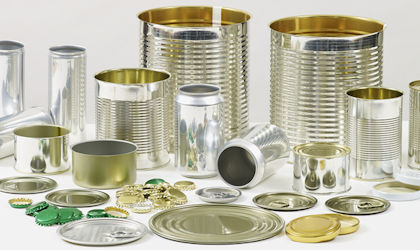
Metal
Testing of canned products within metal packaging may be required for various reasons including product/pack compatibility.
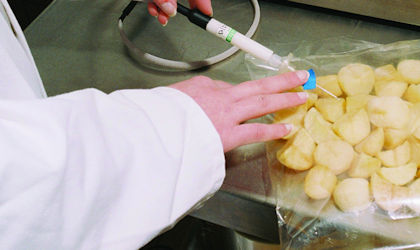
Modified atmosphere packaging
Ensuring the correct gas composition and gas:product volume ratio is critical.

Packaging down the microscope
Microscopy can use a range of techniques to examine packaging materials including plastic and metal.

Packaging migration and taint analysis
Packaging must not transfer its constituents into food to the detriment of the food's quality.

Metal can double seam assessment and troubleshooting
We can assess internal and external dimensions for any defects and breaching of critical seam parameters
Where we refer to UKAS Accreditation
The Campden BRI group companies listed below are accredited in accordance with the recognised International Standard ISO17025:2017 by the United Kingdom Accreditation Service (UKAS). The accreditation demonstrates technical competence for a defined scope of methods, specific to each site, as detailed in the schedules of accreditation bearing the testing laboratory number. The schedules may be revised from time to time and reissued by UKAS. The most recent issue of the schedules are available from the UKAS website www.ukas.com. Campden BRI (Chipping Campden) Limited is a UKAS accredited testing laboratory No. 1079



